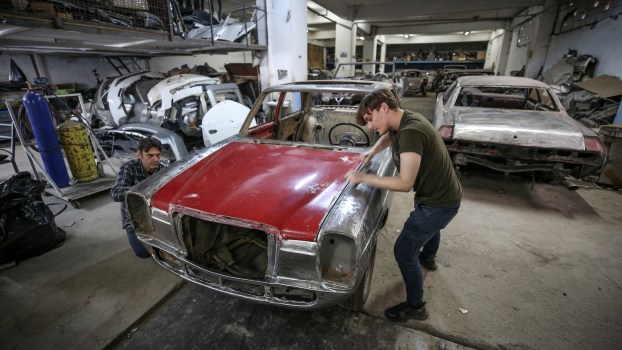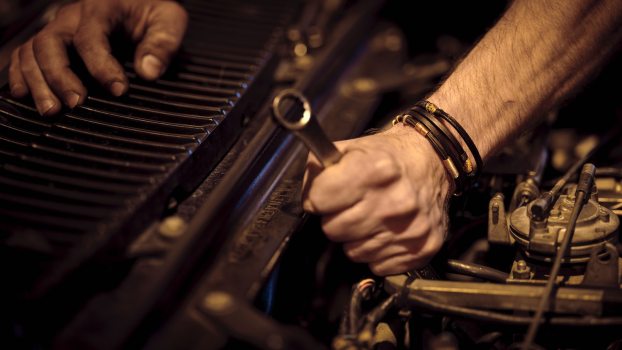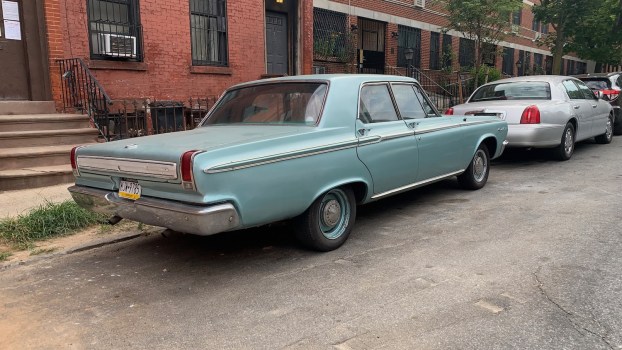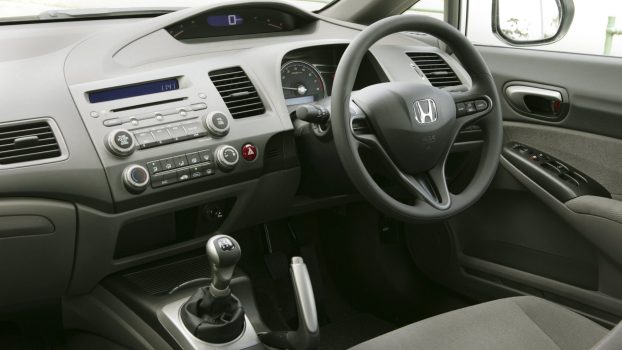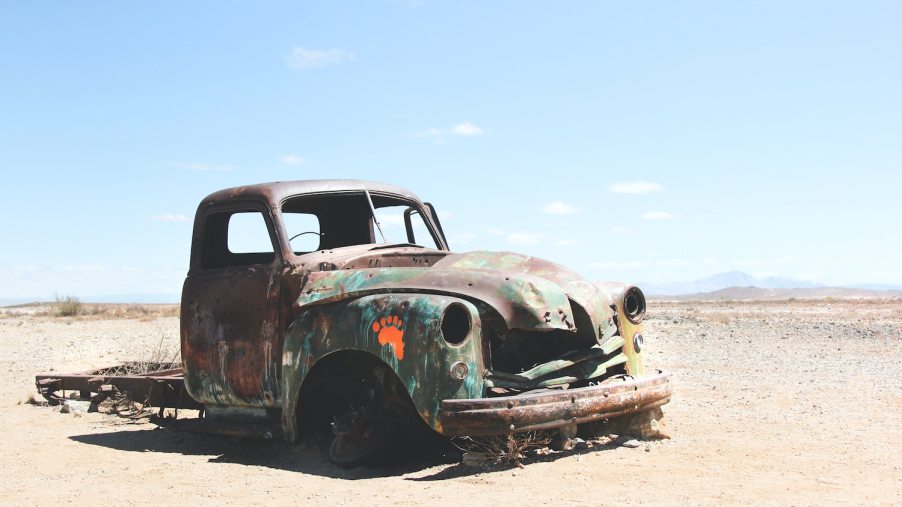
Catfished by a Classic Car on Craigslist? This Handy Chart Translates Online Ads
Searching Craigslist for the perfect next classic car or truck for my next project is one of my favorite weekend activities. But if you are going to inspect one of these vehicles in person, it’s a good idea to pack your toolkit–and sense of humor–because classics are rarely as good as they seem online. My personal favorite was a classic truck I found advertised on Craigslist with “Everything working as it should” that had a clutch so far gone that the owner had to turn the engine off at every stoplight. Luckily, there’s a viral “conversion chart” to help you interpret classic car ads making the rounds online.
Classic car ads often stretch the truth

You’ll rarely find a completely honest classic car ad online. At best, most listings downplay the negatives of an older vehicle. There’s a certain language you often encounter while reading car ads on Craigslist. Knowing that “ran when parked” means it might have been parked for a long time can be handy.
Are folks who advertise their cars on Craigslist scammers? Usually not. I like to think that most classic car collectors have a soft spot for their old rig; classic car ads accurately reflect how the current owner likes to think of their vehicle.
As long as you know what you’re getting into, hunting down the perfect project car on Craigslist can be very fulfilling. But while you search for that diamond in the rough, the antique car ads conversion chart can provide some much-needed humor.
The ‘Official Conversion Chart’ shows you how to interpret antique car ads
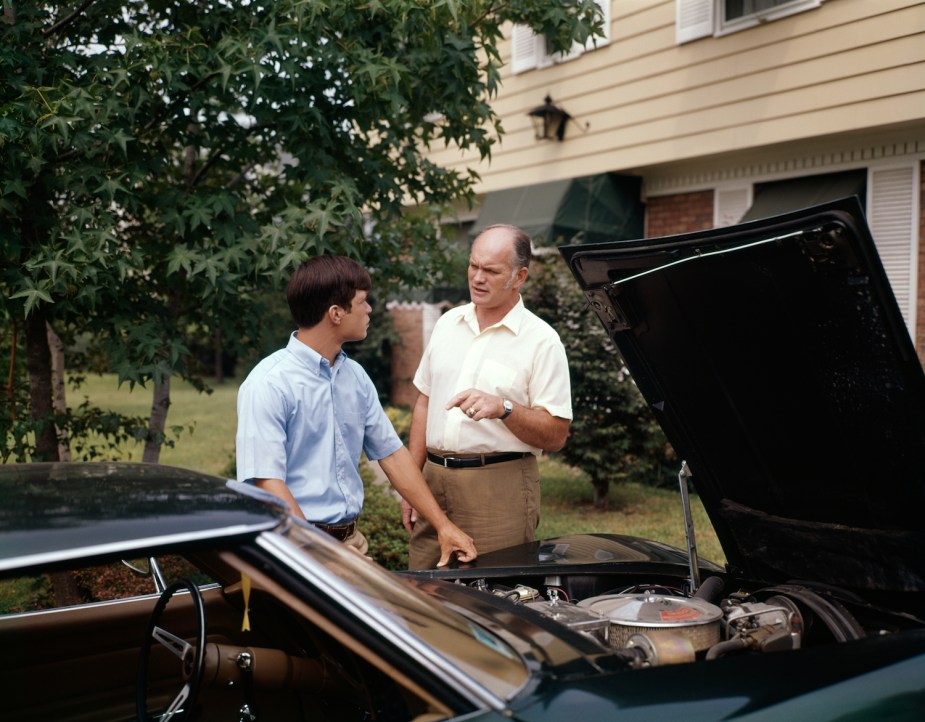
The classic conversion chart is often shared on social media as an image. Its title reads: OFFICIAL CONVERSION CHART: HOW TO INTERPRET ANTIQUE CAR ADS.
As the original scan is showing its age, I’ve retyped it for you. Without further ado: how to interpret classic car ads.
| If it Says | It Really Means |
| Rare model | Nobody liked them when new either |
| Older restoration | Can’t tell it’s been restored |
| Needs engine work | It’s been frozen for 30 years |
| Uses no oil | Just throws it out |
| No rust | Body and fenders missing |
| Rough | It’s too bad to lie about |
| One owner | Never been able to sell |
| No time to complete | Can’t find parts anywhere |
| Needs interior | Seats are gone |
| Rebuilt engine | Has new spark plugs |
| May run | But it never has |
| Low mileage | Third time around |
| Many new parts | Keeps breaking down |
| 29 coats hand-rubbed paint | Needed that much to cover rust |
| Clean | It sat out in the rain yesterday |
| Best offer | About what I expect to get |
| Aways driven slowly | Won’t go any faster |
| Prize winner | Hard luck trophy 3 times in a row |
| Stored 25 years | Under a tree |
| Real show stopper | Orange with purple fenders |
| Easy restoration | Parts will come off in your hand |
| Ready to show | Just washed it |
| Top good | Only leaks when it rains |
| Good investment | Can’t depreciate any more |
Where did the ‘Official Conversion Chart on How to Interpret Antique Car Ads’ originate?

I would love to know where this classic car ad chart originally came from but I haven’t been able to get to the bottom of it. When I ran a reverse image search, I found it’s been making the rounds on Facebook, Pinterest, and Reddit for years. Some posters use the original scan, while others dress it up with watermarks or even retype it.
It’s been around for so long, that when a since-deleted user posted it to Reddit.com/r/CarMemes years ago, they titled it “One of my old favorites.” User donutboi420 even commented, “the sacred scroll,” and TopFuel1771 said, “Such a classic. Makes me laugh every time.”
Below is my repost of the original scan of the official conversion chart in all its glory:
Next, find out why classic cars aren’t always easier to work on, or leave a comment if you know anything about the chart’s history–or have ever been catfished by a classic car on Craigslist.
